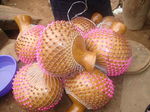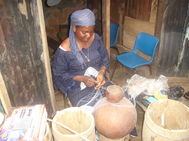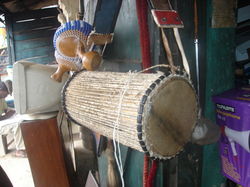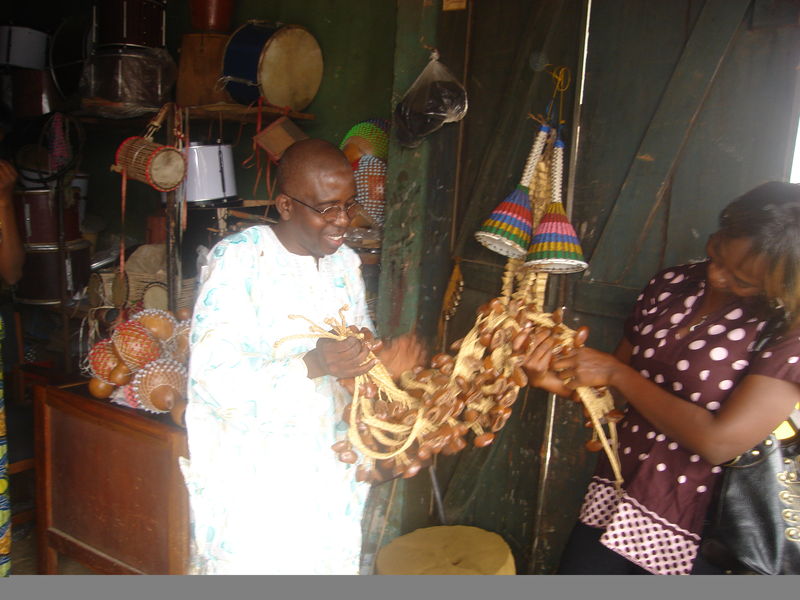Catalog
TK Sound Professional as Local Musical Instruments Builder
Over the years TK Sound Professional had gone underground to come out with makings of Local Musical Instruments for Musicians use.
There are lots of Local Instruments in Nigeria but they are differ from one locality to the other. For instance, Sekere made with Aje, and Sekere with Beads are mostly used by Dundun Ensemble. Sekere are in different sizes depending on what you want.
There is Dundun drums made from a local wood and strings. In the family of Dundun are: Iya,Ilu Dundun, Atele Dundun, Omele Ako and Omele Abo.
There is also Sakara and Adamo ensemble
GOURD CALABASH SEKERE
Sekere is a type of traditional Yoruba musical genre that was pioneered and popularized by the one and only "King of Sekere," the late Alhaji Alamu Atatalo from
It is noteworthy to mention that Sekere, as a musical genre, is quite different from those smaller shakers (with different spellings) found in
Be sure to inform the gourd provider that the gourd you want will be used as a drum. Not all gourds are meant for high impact use. Some are extremely thin shelled and are meant to be painted and decorated.
When choosing gourds, first determine what you will do with the finished Sekere (play, display?). Sekeres for display purposes can be any shape, size or thickness. For playing, we strongly discourage the extreme swan necked variety as they play to the floor not the listener(s), consequently the "tone" is lost.
The musician will probably be playing for long periods of time, therefore, choose a gourd which is not only attractive, but of a size and weight that is comfortable to handle. Keep in mind that it will become heavier when the beads (skirt) are in place.
Remember: Gourds are breakable so take proper care in their playing and transport. The musician's favorite or "money making" Sekere should NOT be passed around indiscriminately. We suggest you sweetly decline to share it.
Go back to the top of this page
2. Removing Gourd Heads
Always remember that the gourd is breakable, so remove the "head" with care. The back and forth motion of your hand held saw will put stress on the shell, so be patient and as gentle as possible. You might try an electric circular saw.
Funky side tilted cuts are fun, but if the Sekere is for playing, the "tone" might get thrown in strange directions. For best results, make a clean straight cut off the top. Leave the opening wide enough to allow the gourd's tone to escape. As you read this page, always remember that these are ONLY suggestions. You may create your Sekere, (Shekere or Chekere) as spirit moves you.
Traditional Yoruba music and instruments: (1) Sekere, a melodic shaker; beads or Cowrie shells beautifully wound around a gourd.
Sekere Arts - Sekere is an ancient Afrikan musical instrument made of ... mantras and prayers in spiritual rituals especially of Yoruba tradition




